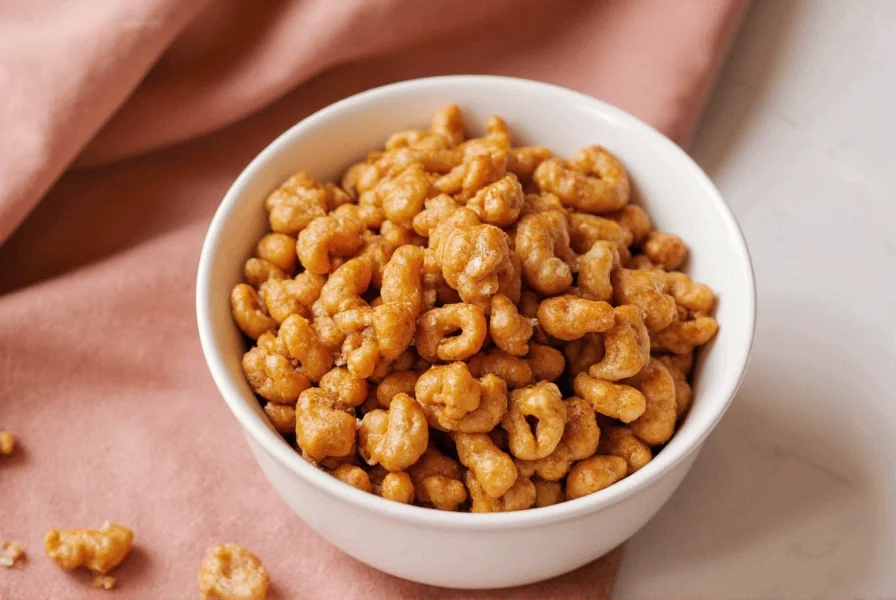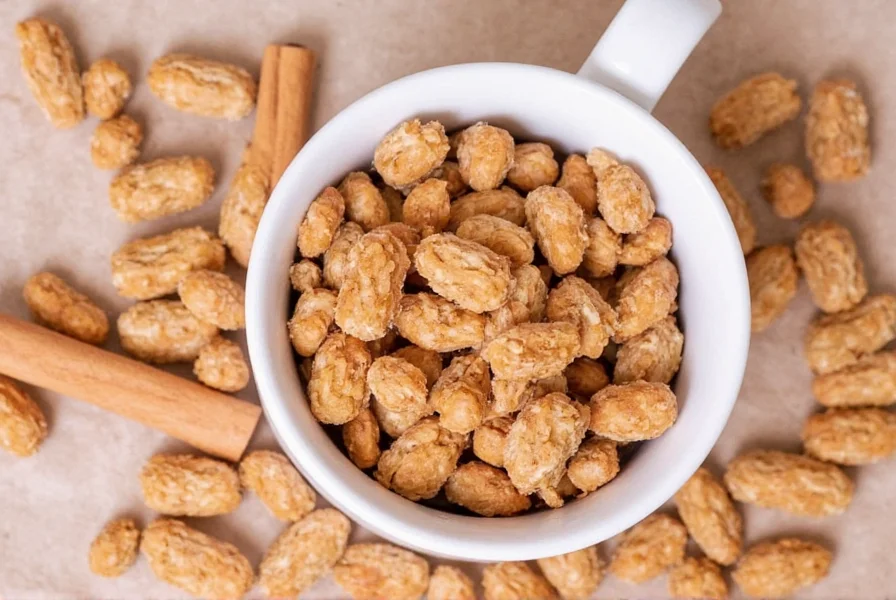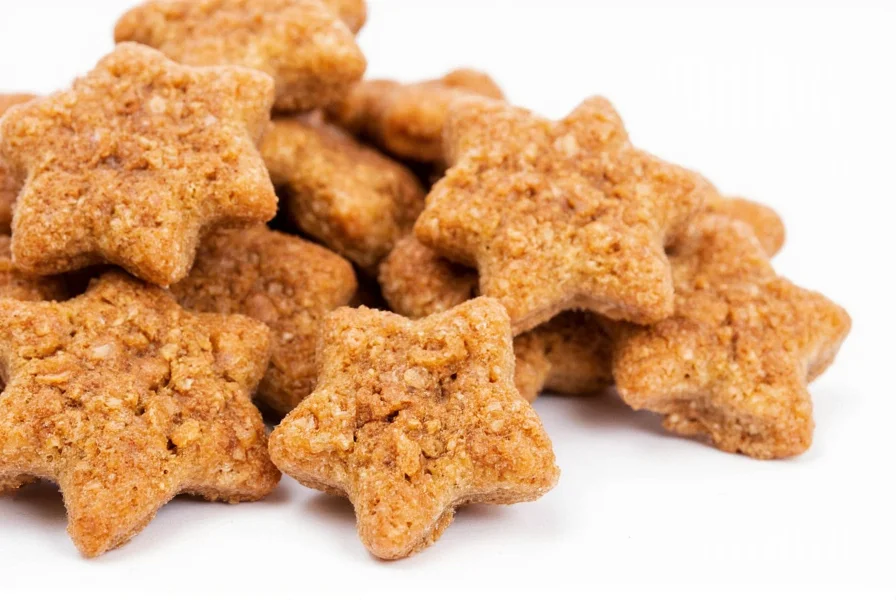Cinnamon crunch refers to a textured, flavorful mixture primarily composed of cinnamon and sugar that provides a satisfying crispy topping or ingredient in various foods. This popular culinary element combines the warm spice of cinnamon with the sweetness of sugar, often enhanced with additional ingredients like oats, nuts, or flour to create a crunchy texture that contrasts beautifully with soft bases like yogurt, ice cream, or baked goods.
When exploring what is cinnamon crunch, it's essential to understand its fundamental composition and versatility in culinary applications. This beloved topping and ingredient has become a staple in kitchens worldwide due to its ability to transform simple dishes into special treats with minimal effort. The magic of cinnamon crunch lies in its perfect balance of sweet and spicy flavors coupled with that irresistible textural contrast.
Understanding Cinnamon Crunch Composition
The basic cinnamon crunch formula typically includes ground cinnamon and granulated sugar as its foundation. However, the most satisfying versions incorporate additional elements that create the signature crunch. Many recipes add flour or oats to form a crumbly texture, while others include chopped nuts like pecans or walnuts for extra crunch and nutritional value. Some variations incorporate melted butter or oil to help the mixture clump together during baking, creating those desirable crispy clusters.
| Core Ingredients | Texture Contribution | Flavor Enhancement |
|---|---|---|
| Ground cinnamon | Minimal texture | Warm, spicy base flavor |
| Granulated sugar | Crispy when baked | Sweetness balance |
| Flour or oats | Substantial crunch | Neutral base for flavors |
| Nuts (optional) | Extra crunch | Nutty complexity |
Common Culinary Applications
Understanding how to use cinnamon crunch effectively can elevate your cooking and baking. The most traditional application appears in breakfast foods, particularly as a topping for oatmeal or yogurt. Many commercial cereals incorporate cinnamon crunch elements, creating that beloved sweet-spicy flavor profile with textural interest. When considering cinnamon crunch cereal ingredients, most brands use a combination of toasted oats, cinnamon, sugar, and sometimes additional flavorings to achieve their distinctive taste.
Professional bakers frequently utilize homemade cinnamon crunch as a streusel topping for muffins, coffee cakes, and pies. The contrast between the soft baked good and the crispy topping creates a delightful eating experience. Ice cream enthusiasts appreciate cinnamon crunch as a mix-in or topping, where it maintains its texture even when in contact with cold dairy products.

Creating Your Own Cinnamon Crunch
When exploring a homemade cinnamon crunch recipe, you'll discover the process is remarkably simple and customizable. The basic method involves combining 1 cup of rolled oats, 1/4 cup of flour, 1/4 cup of packed brown sugar, 2 teaspoons of ground cinnamon, and a pinch of salt in a bowl. Cut in 1/4 cup of cold butter until the mixture resembles coarse crumbs, then spread it on a baking sheet and bake at 350°F (175°C) for 15-20 minutes until golden brown, stirring occasionally.
For those seeking cinnamon crunch vs cinnamon sugar differences, the key distinction lies in texture and complexity. Cinnamon sugar is simply a mixture of the two ingredients with no textural element, while cinnamon crunch incorporates additional components that create that signature crispy texture. The crunch version offers more dimension both visually and texturally in finished dishes.
Storage and Shelf Life Considerations
Proper storage significantly impacts how long your cinnamon crunch maintains its desirable texture. When stored in an airtight container at room temperature, homemade cinnamon crunch typically remains fresh and crispy for 1-2 weeks. For extended storage, freezing is an excellent option—place the cooled mixture in a freezer-safe container where it can maintain quality for up to 3 months. Commercial products often contain preservatives that extend their shelf life considerably beyond homemade versions.
Humidity represents the primary enemy of cinnamon crunch texture. In humid environments, the mixture may lose its crispness more quickly. If your cinnamon crunch softens, reviving it requires only a brief return to the oven at 300°F (150°C) for 5-10 minutes to restore that perfect crunch.

Variations and Customizations
Culinary creativity shines when experimenting with cinnamon crunch variations. Health-conscious cooks might substitute coconut sugar for refined sugar or use almond flour for a gluten-free option. Adding a pinch of nutmeg or cardamom alongside the cinnamon creates a more complex spice profile that elevates the basic recipe. Some innovative versions incorporate freeze-dried fruit powders for additional flavor dimensions while maintaining the essential crunch.
For those exploring what is cinnamon crunch made of in specialty products, you'll find premium versions that include ingredients like crystallized ginger, toasted coconut, or even dark chocolate chips. These additions transform the basic concept into something truly special while preserving the fundamental sweet-spicy-crunchy characteristics that make cinnamon crunch so appealing.











 浙公网安备
33010002000092号
浙公网安备
33010002000092号 浙B2-20120091-4
浙B2-20120091-4